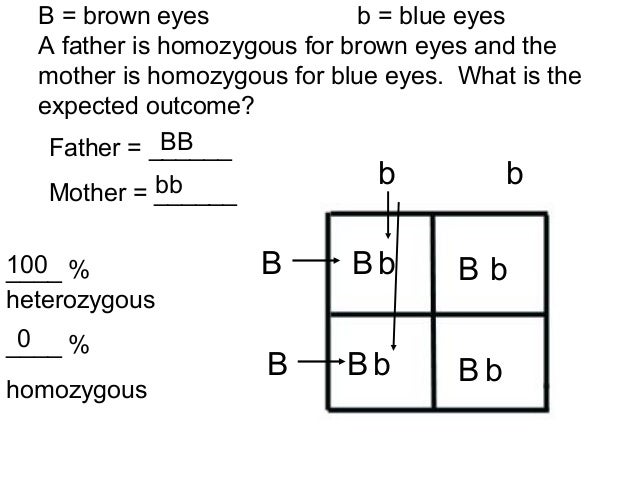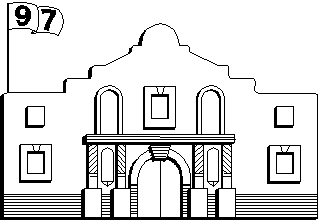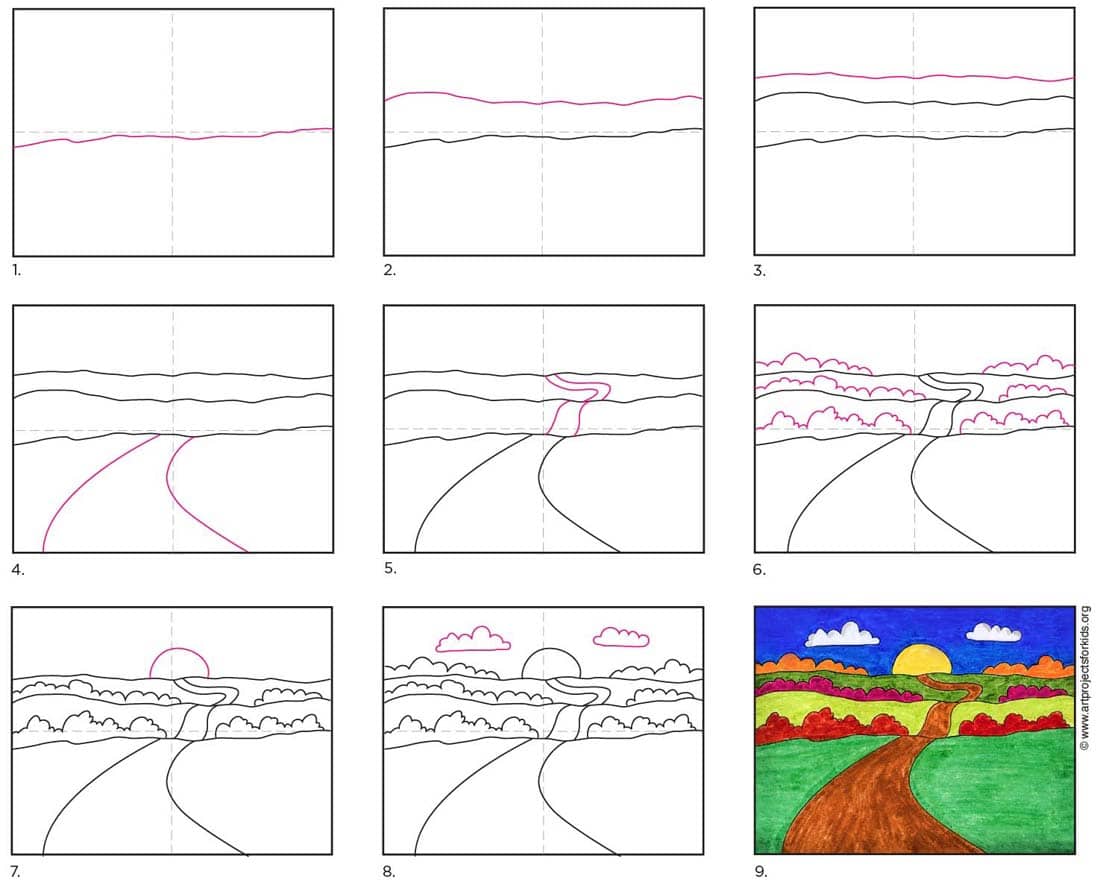What is a punnett square and why is it useful in genetics assignment
Table of Contents
Table of Contents
Have you ever struggled with drawing a punnett square? Maybe you’ve heard of it but have no idea where to even begin. Drawing a punnett square can seem daunting at first, but with a little practice, it can become second nature.
Many people struggle with understanding the concept of dominant and recessive genes and how they play a role in the traits of offspring. Punnett squares are a helpful tool to understand the probability of certain traits appearing in offspring based on the genes of the parents.
Drawing a punnett square involves creating a two-by-two grid and filling in the possible gene combinations of the parents. The top row represents one parent’s genes, while the left column represents the other parent’s genes. By filling in the grid, you can determine the probability of certain traits appearing in the offspring.
To draw a punnett square, begin by drawing a two-by-two grid. Label the top of the grid with the alleles of one parent and the side of the grid with the alleles of the other parent. Fill in the boxes with the possible gene combinations of the parents. Use uppercase letters to represent dominant genes and lowercase letters to represent recessive genes.
My Personal Experience Drawing a Punnett Square
When I first learned about punnett squares, I was overwhelmed by the concept. I struggled to determine which genes to place where in the grid and often found myself second-guessing my answers. However, with practice, I started to understand the patterns and probabilities of certain traits appearing in offspring. Now, drawing punnett squares has become much easier for me.
Common Mistakes When Drawing a Punnett Square
One common mistake when drawing a punnett square is forgetting to label the alleles of each parent. It is important to label the alleles at the top and side of the grid to avoid confusion. Additionally, it is important to remember to use uppercase letters for dominant genes and lowercase letters for recessive genes.
Tips for Drawing a Punnett Square
To make drawing a punnett square easier, start by identifying the dominant and recessive genes of each parent. It can also be helpful to write out a key for the alleles, so you can easily refer back to it while filling in the grid. Additionally, double-check your work to ensure that all possible gene combinations have been included.
Practice Makes Perfect
If you are struggling with drawing punnett squares, don’t fret. It takes practice to understand the concept and become comfortable with the process. The more you practice, the easier it becomes.
Frequently Asked Questions
**Q: What is the purpose of a punnett square?**A: The purpose of a punnett square is to determine the probability of certain traits appearing in offspring based on the genes of the parents.
**Q: How do I know which genes to place where on the punnett square?**A: The top row represents one parent’s genes, while the left column represents the other parent’s genes. Fill in the boxes with the possible gene combinations of the parents. Use uppercase letters to represent dominant genes and lowercase letters to represent recessive genes.
**Q: What is the significance of dominant and recessive genes?**A: Dominant traits are always expressed if they are present in the gene combination, while recessive traits are only expressed if both genes are recessive.
**Q: How can I make sure that I have included all possible gene combinations in the punnett square?**A: It can be helpful to write out a key for the alleles and double-check your work to ensure that all possible gene combinations have been included in the grid.
Conclusion of How to Draw a Punnett Square
While drawing a punnett square can seem overwhelming at first, practice and understanding of dominant and recessive genes can make it much easier. By filling in a two-by-two grid, you can determine the probability of certain traits appearing in offspring based on the genes of the parents. Remember to label the alleles of each parent at the top and side of the grid and use uppercase letters for dominant genes and lowercase letters for recessive genes.
Gallery
Punnett Squares Answers 4.02

Photo Credit by: bing.com / punnett purebred
What Is A Punnett Square And Why Is It Useful In Genetics. : Assignment
Photo Credit by: bing.com / punnett genotype quadrato genetics alleles them terminology zygosity
5.13 Mendelian Inheritance – Human Biology

Photo Credit by: bing.com / punnett square inheritance mendelian genotypes genetics genotype pressbooks humanbiology tru offspring proportions mating
Punnett Square Practice Quiz & Answers To Learn » Quizzma

Photo Credit by: bing.com / punnett genetics squares punnet monohybrid genotypes aabbcc phenotypes definition trait dominance offspring trihybrid ratios ewanrobb
Ten Punnett Square Worksheet Ideas For Middle School Through AP Levels

Photo Credit by: bing.com / punnett biology inheritance heterozygous heredity examples recessive genetic monohybrid organism genetics sum phenotypes dihybrid probability mendelian phenotype trait offspring genotype






